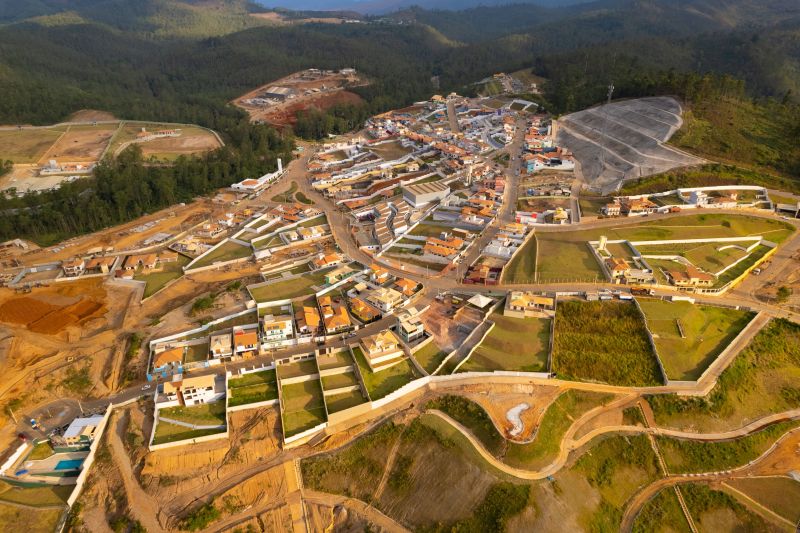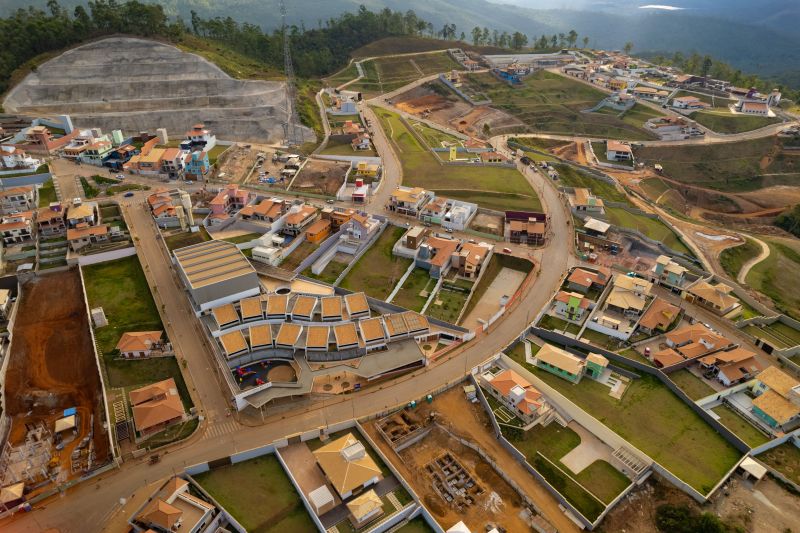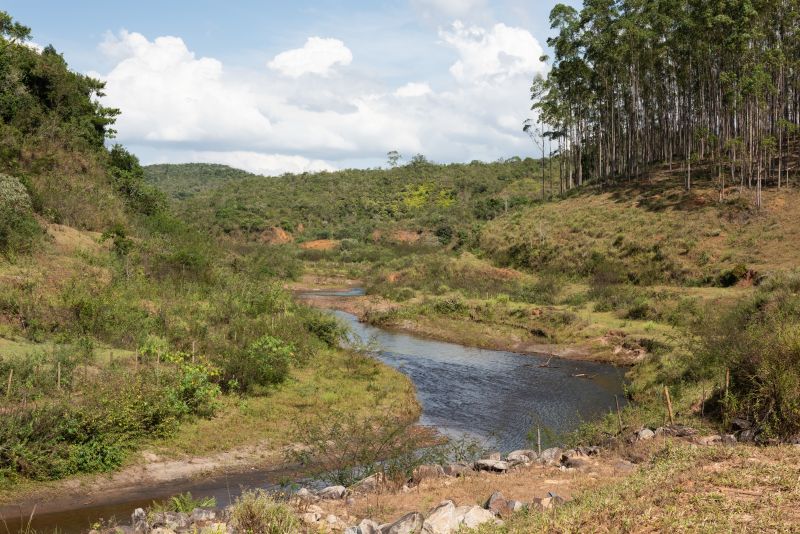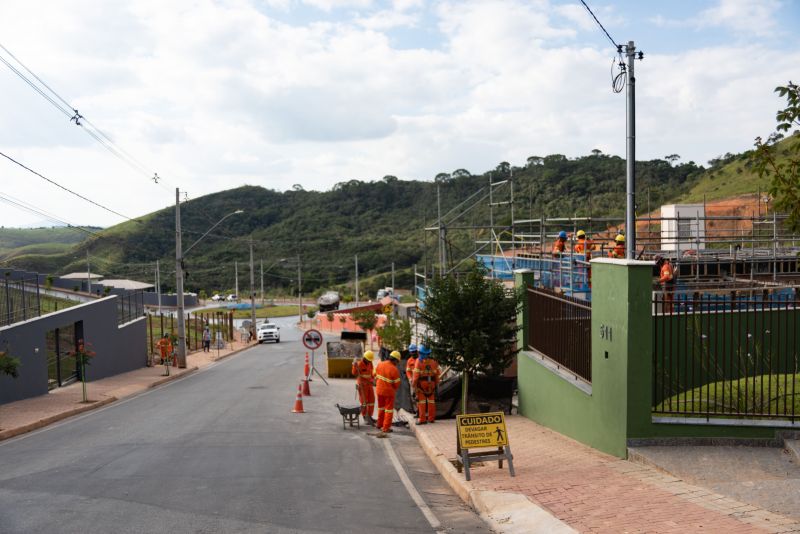Mining tailings, the residual materials left after the extraction of valuable ores, are often seen as mere byproducts of the resource extraction industry. However, beneath this seemingly innocuous veneer lies a complex web of environmental and health concerns that demand urgent attention.
These tailings, which can contain a cocktail of toxic substances and heavy metals, pose significant dangers not only to local ecosystems but also to communities residing near mining sites. The science behind mining tailings—encompassing their composition, the processes that render them hazardous, and the potential impacts on human health—reveals a harrowing reality.
In this article, we will delve into the intricate dynamics of mining tailings, exploring their formation, the risks they entail, and the strategies being developed to mitigate their effects. Join us as we unearth the hidden threats lurking within these overlooked remnants of industrial activity.
Environmental Impacts of Tailings Disposal

The environmental impacts of tailings disposal are profound and multifaceted, shaping ecosystems and communities in ways that resonate long after mining has ceased. Tailings, often a toxic mix of heavy metals, chemicals, and mineral remnants, can seep into groundwater, contaminating vital water sources for wildlife and humans alike.
The physical footprint they leave—vast storage facilities and waste dams—raises the specter of catastrophic failures, which, when they occur, unleash torrents of sludge that can obliterate habitats and disrupt local economies. Moreover, the fine particles released into the air can contribute to respiratory issues and other health problems, compounding the situation for nearby populations.
It is not just the immediate landscape that suffers; the intricate web of life, bound together by delicate ecological balances, faces the persistent threat of disruption, leading to biodiversity loss that may take decades, if not centuries, to mend. Thus, the legacy of tailings disposal extends far beyond the mines themselves, serving as a stark reminder of the hidden costs of our resource extraction practices.
Health Risks Associated with Tailings

Mining tailings, often regarded as mere waste products, harbor a multitude of health risks that can permeate communities and ecosystems alike. These finely ground remnants, often laden with toxic metals and chemicals, can be remarkably volatile.
For instance, the dust from dry tailings can become airborne, leading to respiratory issues among nearby populations, exacerbating conditions like asthma and triggering allergies. Beyond the respiratory tract, heavy metals such as lead and arsenic can seep into local water supplies, posing serious risks to both human health and aquatic life.
Furthermore, the slow leaching of these contaminants into soils can destabilize agricultural operations, presenting long-term food safety concerns. Even the psychological burden of living near tailings—haunted by the fear of contamination—can weigh heavily on communities, illustrating that the implications of mining extend far beyond mere economic considerations.
The complexity of these risks highlights an urgent need for rigorous monitoring and comprehensive management strategies to safeguard public health.
The Role of Tailings Management Practices

Effective tailings management practices play a pivotal role in mitigating the environmental and social risks associated with mining operations. These practices encompass a range of strategies, from the design and construction of tailings storage facilities to ongoing monitoring and rehabilitation efforts.
While a robust engineering approach can minimize the risk of catastrophic failures, such as dam breaches, the influence of geological, hydrological, and climatic factors cannot be ignored. It is essential for mining companies to adopt a holistic view—integrating state-of-the-art technology with comprehensive risk assessments and community engagement.
Such multifaceted approaches not only protect ecosystems but also safeguard the health and livelihoods of nearby populations, ensuring that the legacy of mining is not one of destruction, but of responsible stewardship. Meanwhile, the potential for innovation in recycling and reprocessing tailings hints at a future where waste can be transformed into valuable resources, weaving a narrative of sustainability into the fabric of the mining industry.
Conclusion
In conclusion, while mining plays a crucial role in the global economy, the management of mining tailings remains a significant environmental and safety concern. The catastrophic Mariana dam disaster in Brazil serves as a chilling reminder of the potential dangers associated with poor tailings management, highlighting the necessity for stringent regulations and innovative technologies to mitigate risks. By understanding the science behind mining tailings and their potential hazards, we can take informed steps towards more sustainable practices, ensuring the protection of ecosystems and communities surrounding mining operations.
It is imperative that the mining industry prioritizes responsible tailings management to prevent future disasters and foster a healthier relationship with our planet.


